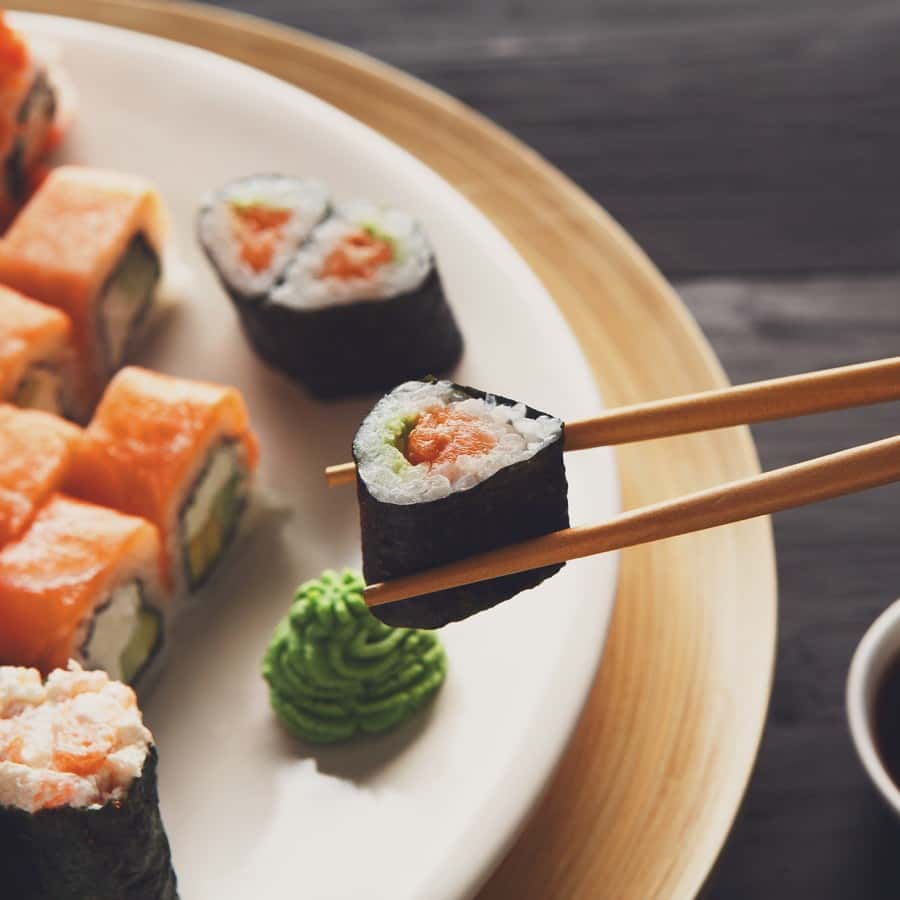
One thing we love about The People’s Pharmacy is that we learn so much from our visitors. Readers learn from each other, too, sharing their experiences and the home remedies they have tried. One such practical experiment resulted in a way to cool a wasabi burn with vinegar. Another reader put this idea to use almost immediately.
An Unexpected Wasabi Burn:
Q. I enjoy reading your column and have found some very helpful information. Yesterday’s paper included an interesting remedy for the burn that results from eating Japanese wasabi. The cure is-surprisingly-vinegar.
Reading that Q&A prompted me to pick up a to-go container of sushi rolls at the grocery store for lunch. When I opened it, I noticed the usual dollop of wasabi was not to be found.
I enjoyed the treat until I picked up one of the pieces. Unbeknownst to me, a big glob of wasabi was stuck to the underside. I proceeded to eat it and immediately realized what happened. By then, though, my mouth was thoroughly coated and on fire.
Recalling what I had just read, I lunged for the kitchen cabinet and took a big gulp of apple cider vinegar. Voila! It stopped the wasabi burn immediately. Thank you for such practical advice; you saved one person from a lot of discomfort.
What Makes Wasabi Burn:
A. The compound responsible for that burning sensation is allyl isothiocyanate. You smell it almost as much as you taste it and could use it to clear the sinuses. Although allyl isothiocyanate is a completely different compound from capsaicin, the hot stuff in chili peppers, it activates the same TRP (transient receptor potential) channels. Both TRPA1 and TRPV1 react to allyl isothiocyanate as well as to heat (Fischer et al, Inflammation Research, April 2017). This activation causes significant pain perceived as burning. Scientists are beginning to clarify the molecular pathways at work when substance P (for pain) interacts with TRP channels (Cell Tissue Research, Jan. 2019)
We are delighted that the vinegar trick worked so well. Hopefully it will help others as well.
Citations
- Fischer L et al, "TRPA1, substance P, histamine and 5-hydroxytryptamine interact in an interdependent way to induce nociception." Inflammation Research, April 2017. DOI: 10.1007/s00011-016-1015-1
- Zieglgänsberger W, "Substance P and pain chronicity." Cell Tissue Research, Jan. 2019. DOI: 10.1007/s00441-018-2922-y

